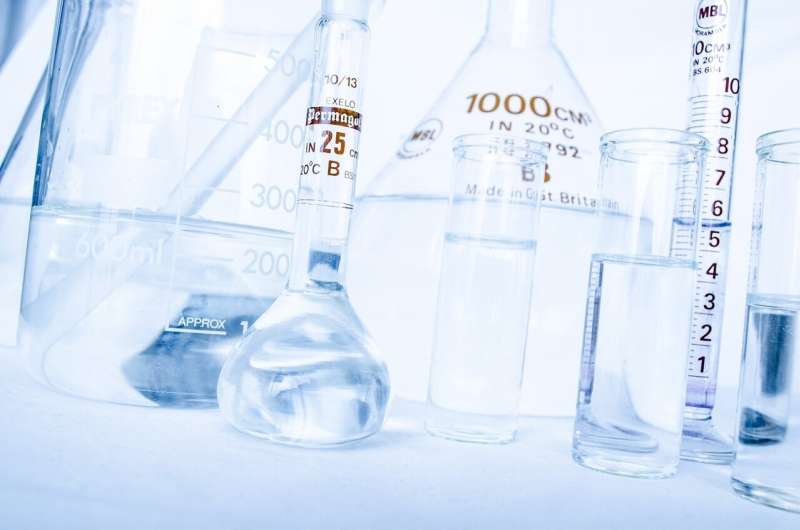Study identifies need to improve awareness and understanding of chemicals used in everyday consumer products

Chemophobia is rife; often driven by ignorance and scientific illiteracy, it fires an activist agenda that can often be very misguided and target the wrong issues entirely. An unfortunate lack of engagement in science education and a greater number of policymakers with a more non-scientific than a scientific background also feed the problem.
And yet we rely on thousands of different chemicals every day—natural and synthetic—and in order to maintain our lifestyles, the benefit-risk equations are generally well balanced. There are exceptions to that rule and the serious problems caused by the misuse or the overuse of certain chemicals ought to be addressed. Indeed, there are substances in everyday products that might best be replaced, but for market pressure, and a lack of consumer interest or the very activism that broadly follows the out-dated "all-chemicals-are-bad" trope.
Rekha Joshi, Aditi Sahni, and Manjary Chaudhary Malik of the Indira Priyadarshini Government Girls P.G. College of Commerce in Uttarakhand, India, consider consumer awareness of harmful chemicals in everyday products. Writing in the International Journal of Business Forecasting and Marketing Intelligence, the team points out that some substances present in everyday products, such as cleaning fluids, represent a serious risk to human and environmental health if misused or disposed of inappropriately.
A detailed and structured survey of 100 consumers in the Nainital District of Uttarakhand revealed, not chemophobia, but an awareness of potentially harmful substances in a range of everyday products. Concern about those substances was high, although it must be added, perhaps not sufficiently high that the consumers would stop using said products. There is very much a pressing need to improve awareness and understanding of the myriad chemicals used in everyday consumer products. This awareness cuts both ways in that consumers need to understand the benefits versus the risks associated with the products they use. Moreover, it is the consumer that can nudge the market away from those products that use particularly harmful substances to alternatives.
"The majority of those surveyed believe it is everyone's responsibility to decrease the usage of products that include compounds or chemicals that are hazardous to human health and the environment," the researchers report.
The commercial world will, for the sake of profits, almost always move to sell alternatives if sales flatline. Given that social media and access to limitless information are available to most consumers, the opportunities for corporate greenwashing are much reduced and this can only benefit human health and the environment if it removes from the market problematic chemicals provided the consumer can maintain their lifestyle with the alternatives offered.
More information: Manjary Chaudhary Malik et al, Consumer awareness regarding harmful chemicals in everyday products, International Journal of Business Forecasting and Marketing Intelligence (2022). DOI: 10.1504/IJBFMI.2022.10050479
Provided by Inderscience




















